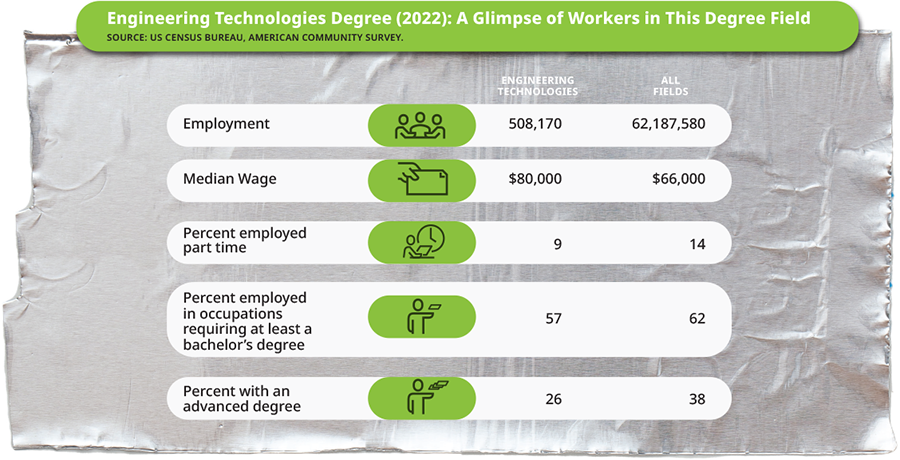July 2014
PE REPORT
How Are Women and Minorities Faring In Science and Engineering?

While women make up slightly more than half of US residents and are earning more bachelor’s degrees than men, women continue to lag behind men in the proportion of degrees in many science and engineering fields of study, according to the latest numbers from the National Science Foundation. At the same time, underrepresented minorities’ (blacks, Hispanics, and American Indians) shares of science and engineering bachelor’s and master’s degrees have been increasing over the last 20 years.
Today, women’s participation in engineering and computer sciences remains below 30%. Since 1991, the proportion of women in engineering has increased primarily at the master’s and doctoral levels, according to NSF.
For underrepresented minorities, doctorates in science and engineering have flattened below 10% since 2000. The greatest rise in the share of science and engineering bachelor’s degrees earned by underrepresented minorities has been in psychology, the social sciences, and computer sciences. Since 2000, underrepresented minorities’ shares in engineering and the physical sciences have been flat, and participation in math has dropped.
The science and engineering workforce, says the NSF report, is composed largely of people who earned degrees over the last 30 years. Since the oldest workers among science and engineering workers are disproportionately white and male, women and minorities constitute a lower percentage of the overall science and engineering workforce than of science and engineering degree recipients who recently joined the workforce.
Scientists and engineers working in science and engineering occupations: 2010
- White men: 51%
- White women: 18%
- Asian men: 13%
- Asian women: 5%
- Black men: 3%
- Black women: 2%
- Hispanic men: 4%
- Hispanic women: 2%
- Other men: 1%
- Other women: 1%


 Volunteering at NSPE is a great opportunity to grow your professional network and connect with other leaders in the field.
Volunteering at NSPE is a great opportunity to grow your professional network and connect with other leaders in the field. The National Society of Professional Engineers (NSPE) encourages you to explore the resources to cast your vote on election day:
The National Society of Professional Engineers (NSPE) encourages you to explore the resources to cast your vote on election day:










